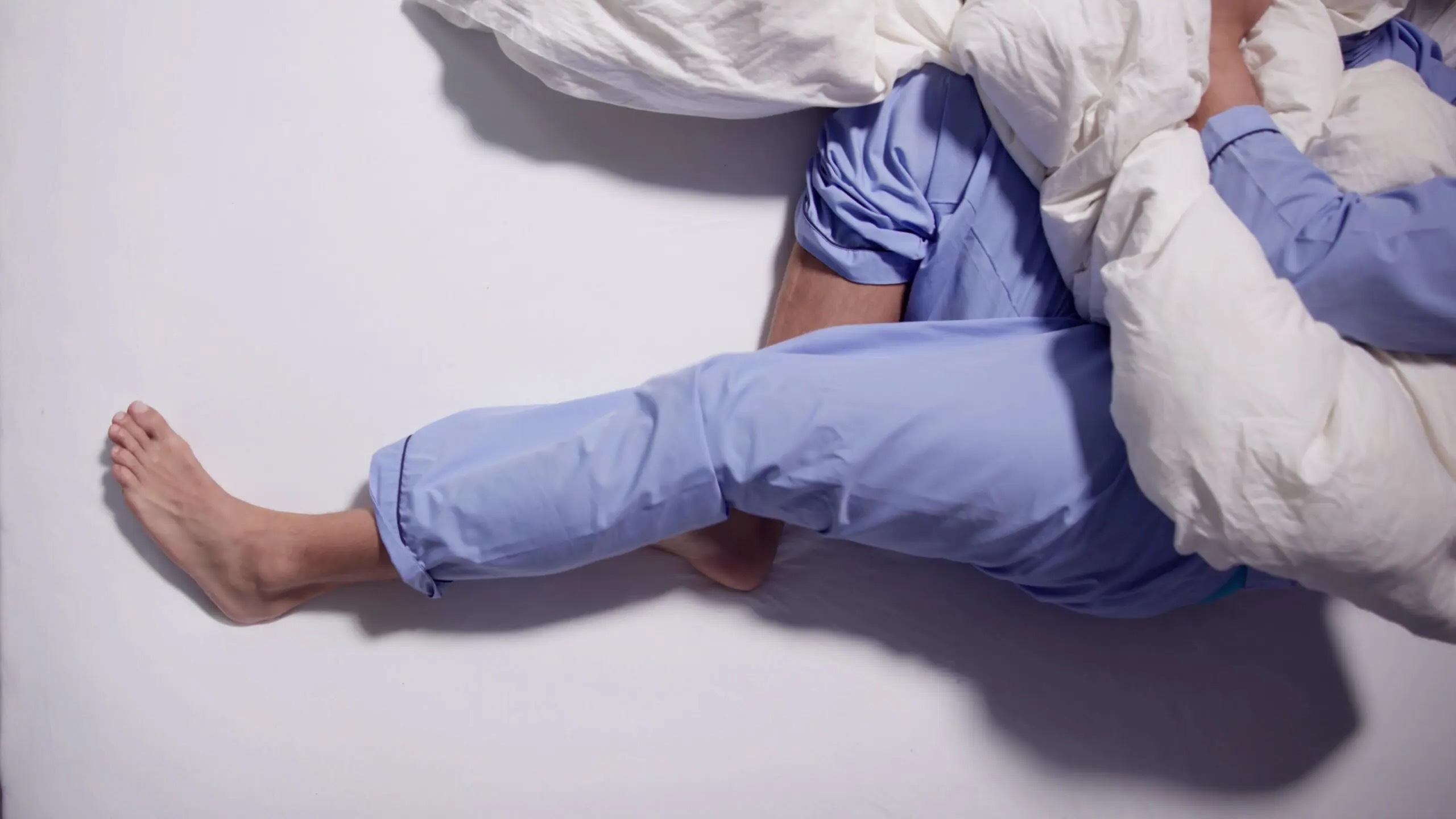
Restless Legs Syndrome (RLS), also known as Willis-Ekbom Disease, is a condition that causes an uncontrollable urge to move your legs, usually due to uncomfortable sensations. This urge typically happens in the evening or nighttime hours when you're sitting or lying down. RLS can disrupt sleep and daily activities, making it a challenging condition to manage. But what exactly causes this syndrome? Experts believe it may be related to an imbalance of dopamine, a brain chemical that sends messages to control muscle movement. Genetics also play a role, as it often runs in families. Iron deficiency, pregnancy, and certain chronic diseases can trigger or worsen symptoms. Understanding RLS is crucial for managing its impact on your life.
Key Takeaways:
- Restless Legs Syndrome affects 7-10% of the U.S. population, causing discomfort and sleep disturbances. Treatment options include medication, lifestyle changes, and therapy to improve quality of life.
- Research on RLS is ongoing, exploring genetics, new medications, and non-pharmacological treatments. Wearable technology and patient registries are driving progress in understanding and managing this condition.
What is Restless Legs Syndrome?
Restless Legs Syndrome (RLS) is a neurological disorder that causes an irresistible urge to move the legs. This urge is often accompanied by uncomfortable sensations. Let's dive into some fascinating facts about this condition.
- RLS affects about 7-10% of the U.S. population.
- Symptoms usually worsen during the evening or night.
- Moving the legs can temporarily relieve discomfort.
- Women are twice as likely to develop RLS as men.
- The exact cause of RLS is still unknown.
- Genetics play a role; it often runs in families.
- RLS can start at any age, even in childhood.
- Iron deficiency is linked to RLS.
- Pregnancy can trigger or worsen RLS symptoms.
- Caffeine, alcohol, and nicotine can exacerbate symptoms.
Symptoms and Diagnosis
Understanding the symptoms and how RLS is diagnosed can help in managing the condition better. Here are some key points to know.
- Common symptoms include tingling, itching, and a crawling sensation in the legs.
- Symptoms usually occur when at rest, especially while sitting or lying down.
- RLS can lead to difficulty falling or staying asleep.
- A diagnosis is often based on medical history and symptoms.
- There is no specific test for RLS; it's a clinical diagnosis.
- Blood tests may be done to check for iron deficiency.
- Sleep studies can help rule out other sleep disorders.
- RLS is sometimes misdiagnosed as insomnia or anxiety.
- The International Restless Legs Syndrome Study Group has criteria for diagnosis.
- Early diagnosis can improve quality of life.
Treatment Options
There are various treatments available to help manage RLS symptoms. Here are some of the most common approaches.
- Iron supplements can be effective if iron deficiency is present.
- Medications like dopamine agonists are often prescribed.
- Anti-seizure drugs can help reduce sensory disturbances.
- Opioids may be used in severe cases.
- Lifestyle changes, such as regular exercise, can alleviate symptoms.
- Avoiding caffeine, alcohol, and nicotine can help.
- Warm baths and massages can provide temporary relief.
- Maintaining a regular sleep schedule is beneficial.
- Compression devices can improve blood flow and reduce symptoms.
- Cognitive-behavioral therapy (CBT) can help manage the emotional impact of RLS.
Impact on Daily Life
RLS can significantly affect daily activities and overall well-being. Here are some ways it can impact life.
- Chronic sleep deprivation is a common issue.
- Daytime fatigue can affect work and social life.
- RLS can lead to mood swings and irritability.
- Relationships may suffer due to sleep disturbances.
- Physical activities might be limited due to discomfort.
- Mental health issues like anxiety and depression are more common.
- Travel can be challenging, especially long flights or car rides.
- Some people may develop a fear of going to bed.
- RLS can affect concentration and memory.
- Support groups can provide emotional and practical help.
Research and Future Directions
Ongoing research aims to better understand and treat RLS. Here are some exciting developments.
- Genetic studies are identifying specific genes linked to RLS.
- New medications are being tested in clinical trials.
- Research is exploring the role of the brain's dopamine system.
- Studies are examining the impact of diet on RLS symptoms.
- Non-pharmacological treatments like acupuncture are being investigated.
- Advances in neuroimaging are providing insights into brain activity in RLS patients.
- Researchers are looking at the gut-brain connection in RLS.
- Wearable technology is being developed to monitor symptoms.
- Patient registries are helping to collect data for large-scale studies.
- Collaboration between researchers and patient advocacy groups is driving progress.
Final Thoughts on Restless Legs Syndrome
Restless Legs Syndrome (RLS) affects millions, causing discomfort and sleep disturbances. Understanding RLS symptoms like tingling, burning, and the urge to move can help in seeking timely medical advice. Genetics, iron deficiency, and chronic diseases often play a role in its development. Treatments range from lifestyle changes to medications, offering relief for many. Staying active, maintaining a healthy diet, and managing stress are crucial steps in managing RLS. If you or someone you know struggles with these symptoms, consult a healthcare professional for proper diagnosis and treatment options. Knowledge is power, and being informed about RLS can lead to better management and improved quality of life. Remember, you're not alone in this journey, and help is available.
Frequently Asked Questions
Was this page helpful?
Our commitment to delivering trustworthy and engaging content is at the heart of what we do. Each fact on our site is contributed by real users like you, bringing a wealth of diverse insights and information. To ensure the highest standards of accuracy and reliability, our dedicated editors meticulously review each submission. This process guarantees that the facts we share are not only fascinating but also credible. Trust in our commitment to quality and authenticity as you explore and learn with us.
